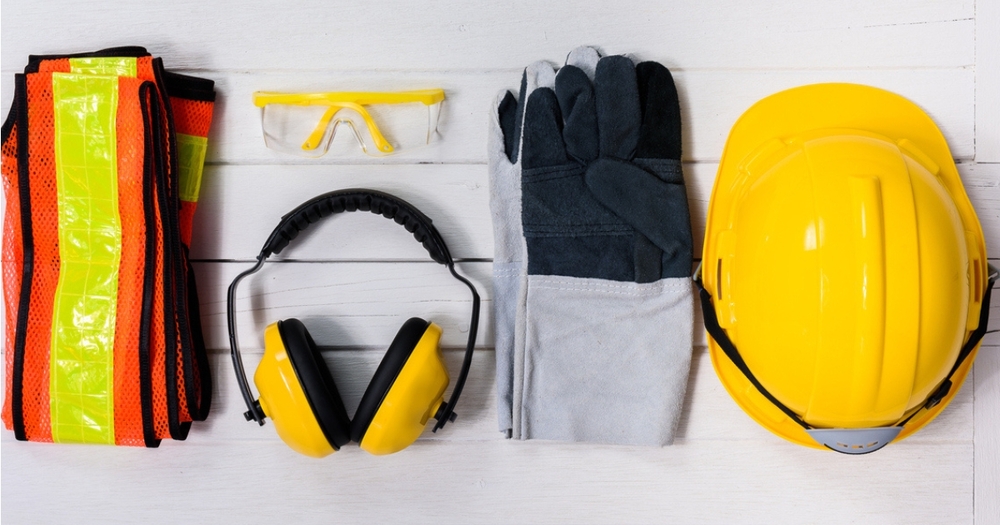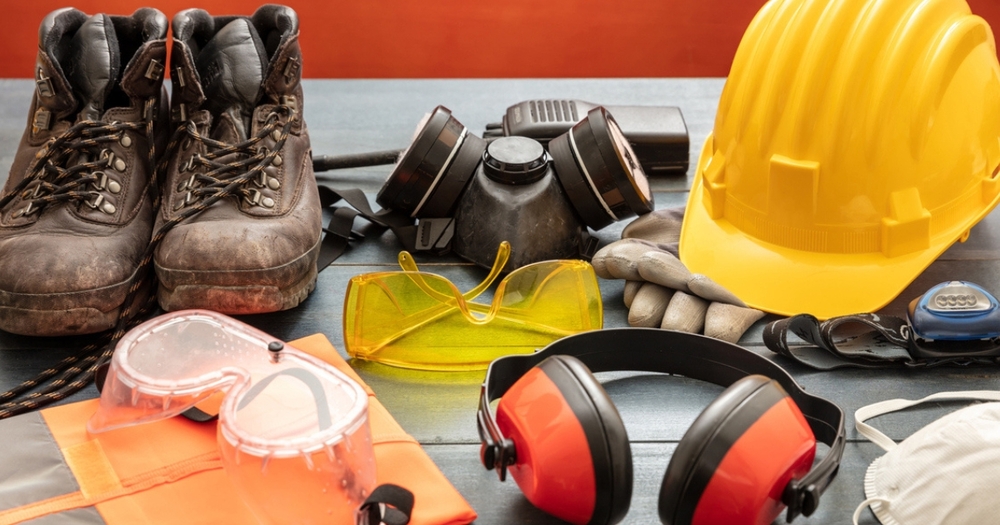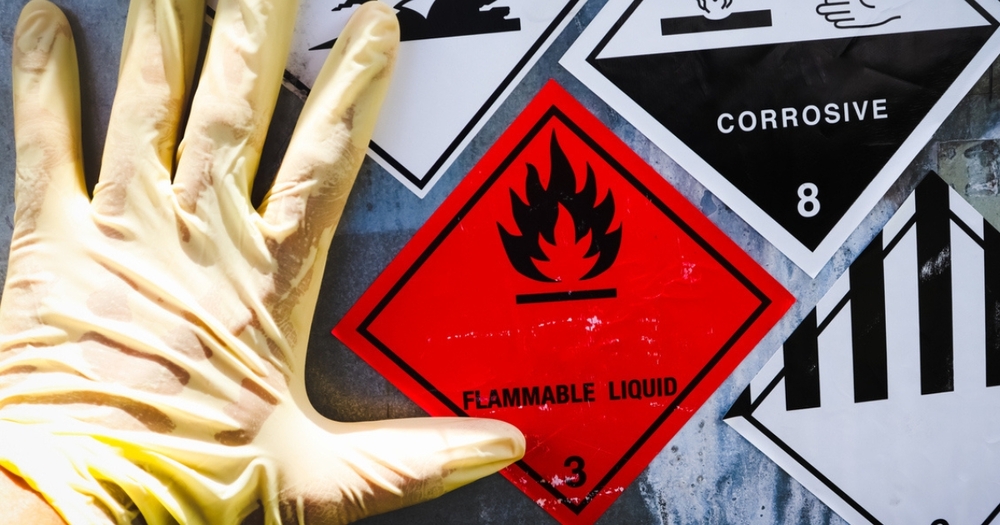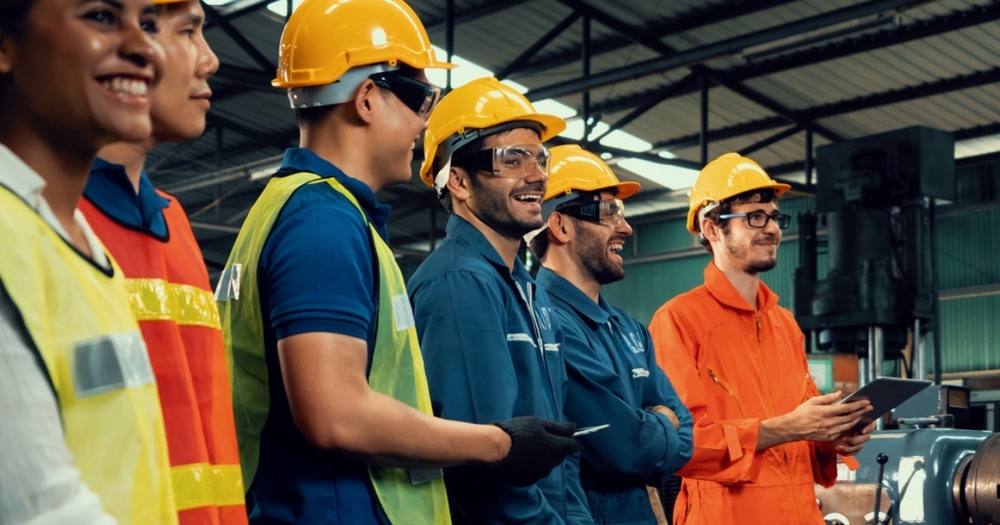
Industrial workplaces, with their high-powered machinery and complex production processes, are often a hive of activity. However, such environments present numerous safety risks, making industrial safety a significant concern for both employers and workers. Recognizing these risks and implementing robust measures to prevent them, mainly through the use of proper industrial safety supplies and equipment, can significantly enhance the safety outcomes in these settings.
In any industrial setting, workplace safety should be top of mind. From construction sites to manufacturing plants, the nature of the work environment is often fraught with unsafe conditions that can lead to severe workplace injuries, long-term health issues, and even fatalities if safety procedures are not correctly implemented and followed.
Safety risks in industries come in many forms, depending on the nature of the work. For instance, in a construction setting, the risks could involve falls from heights, being struck by heavy objects, or accidents involving power tools. In chemical industries, workers could be exposed to harmful substances, the risk of explosions, or fire hazards.
The consequences of neglecting safety procedures can be dire. At an individual level, workers may suffer physical harm that can lead to permanent disability, psychological trauma, or even loss of life. Such incidents not only affect the victim but also impact their families and communities.
From a business perspective, workplace accidents can have significant financial implications due to medical expenses, legal costs, and compensation payouts. Additionally, there can be indirect costs, such as productivity loss, increased insurance premiums, equipment damage, and the potential interruption of business operations.
Furthermore, such incidents can lead to a decline in employee morale and tarnish the company's reputation, making it difficult to attract and retain skilled workers. Legal implications are also a significant concern, as failure to comply with established safety standards can lead to penalties, sanctions, and in severe cases, shutdowns ordered by regulatory bodies.
In contrast, effective safety measures contribute to creating a safer, healthier, and more productive work environment. When workers feel safe, they are likely to be more satisfied, motivated, and productive, which positively impacts the overall success of the company. In other words, industrial safety is not just about preventing accidents - it is also a critical factor in a company's operational efficiency and business success.
This is where wearing safety gear comes into play. Industrial safety supplies serve as the first line of defense against workplace hazards. From personal protective equipment (PPE) that shields workers from immediate harm to safety signs that provide critical information, the right safety supplies can significantly mitigate the risks faced by industrial workers every day. By understanding the critical role these supplies play, industries can take a significant step toward ensuring the safety and well-being of their workforce.
Safety in industrial settings starts with providing workers with the proper safety equipment and tools to protect themselves and reduce the risk of accidents. These safety supplies often vary depending on the specific industry and the associated occupational hazards. However, several universal types of safety supplies are common across various industries.

Personal protective equipment is designed to protect workers from specific hazards and mitigate potential harm. Each type of PPE serves a unique purpose:
Safety equipment is designed to minimize the risks associated with specific tasks:
Preparedness is crucial for handling emergencies effectively:

These tools communicate vital safety information:
Taking the right approach to safety supplies is pivotal in ensuring a safe working environment. Workplace safety efforts go beyond just purchasing equipment and involve a holistic understanding of the workplace, the risks involved, and the employees' specific needs.
The first step is conducting a thorough risk assessment. This process involves identifying potential hazards in the workplace, evaluating the risks they pose, and determining appropriate measures to mitigate them. The risk assessment should inform the selection of safety supplies, ensuring that the chosen equipment suits the identified hazards.
Once the risks have been identified, the appropriate safety supplies can be chosen. These might include PPE, safety equipment, emergency response supplies, and safety signs and labels. The equipment should be chosen based on its suitability for the specific hazards present and its compliance with relevant safety standards.
Safety supplies should meet or exceed specific standards to ensure their effectiveness. In the U.S., these standards are often set by organizations such as the Occupational Safety and Health Administration (OSHA), the National Institute for Occupational Safety and Health (NIOSH), and the American National Standards Institute (ANSI). Compliance with these standards ensures that the safety supplies are of high quality and suitable for their intended purpose.

Safety isn’t just the responsibility of management; workers play an essential role too. Regular communication about safety practices, encouraging workers to report hazards or safety concerns, and fostering a safety culture where everyone takes responsibility for their own, and their colleagues' safety can significantly enhance the effectiveness of safety supplies and protocols. One effective way to ensure continuous safety engagement is to offer ongoing safety training where you can provide workplace safety tips.
Investing in the right safety gear for an industrial setting is an investment in the well-being of your employees and the overall success of your company. The effectiveness of these safety supplies is not standalone but part of a comprehensive safety strategy that includes proper training and fostering a safety-first culture. By prioritizing safety and equipping your workforce with the necessary safety supplies and industrial safety tips, you contribute to a productive and safe workplace.